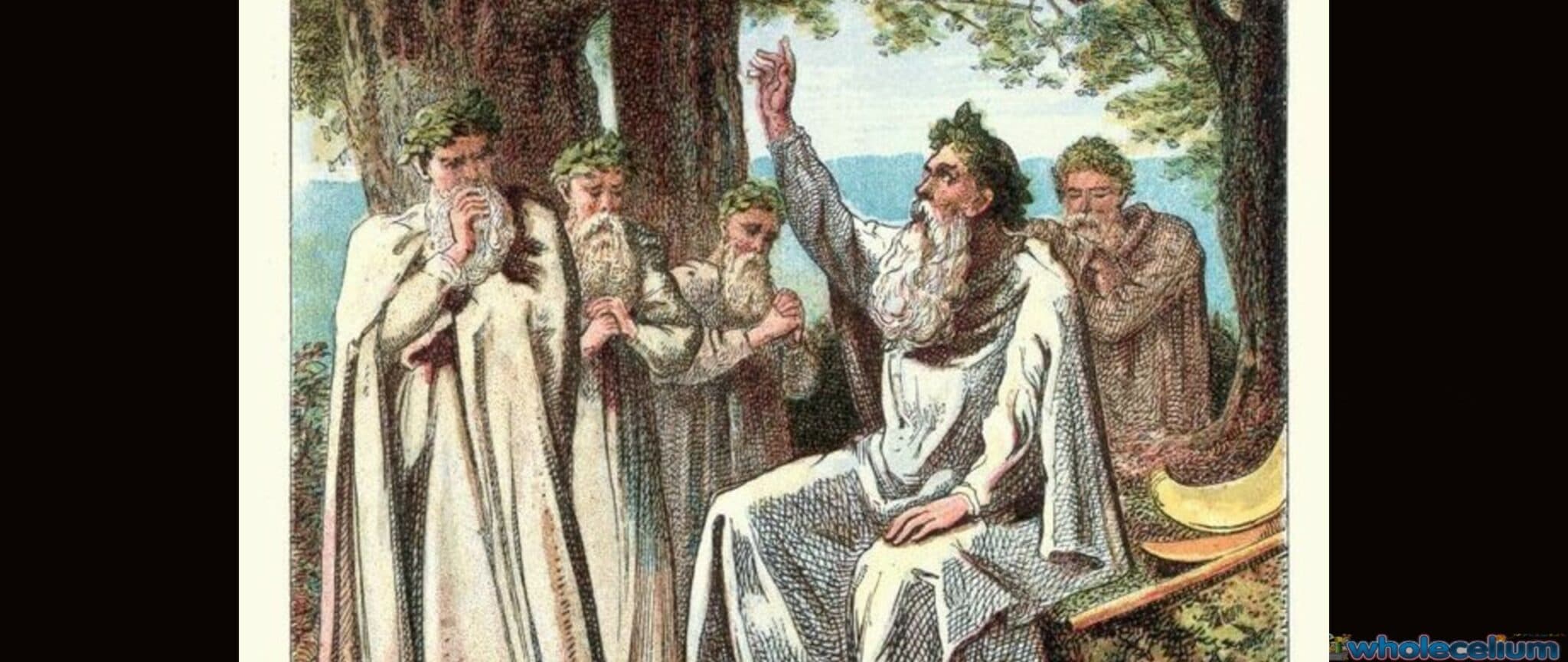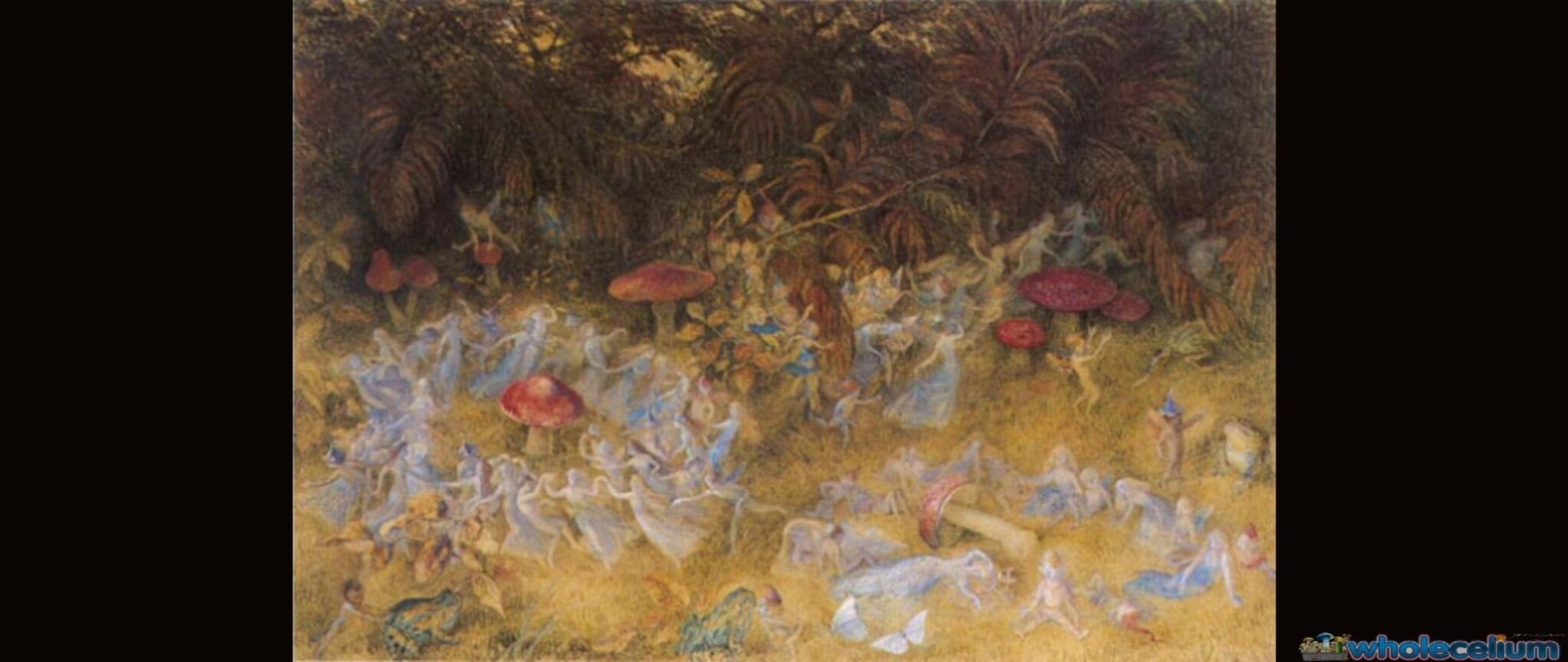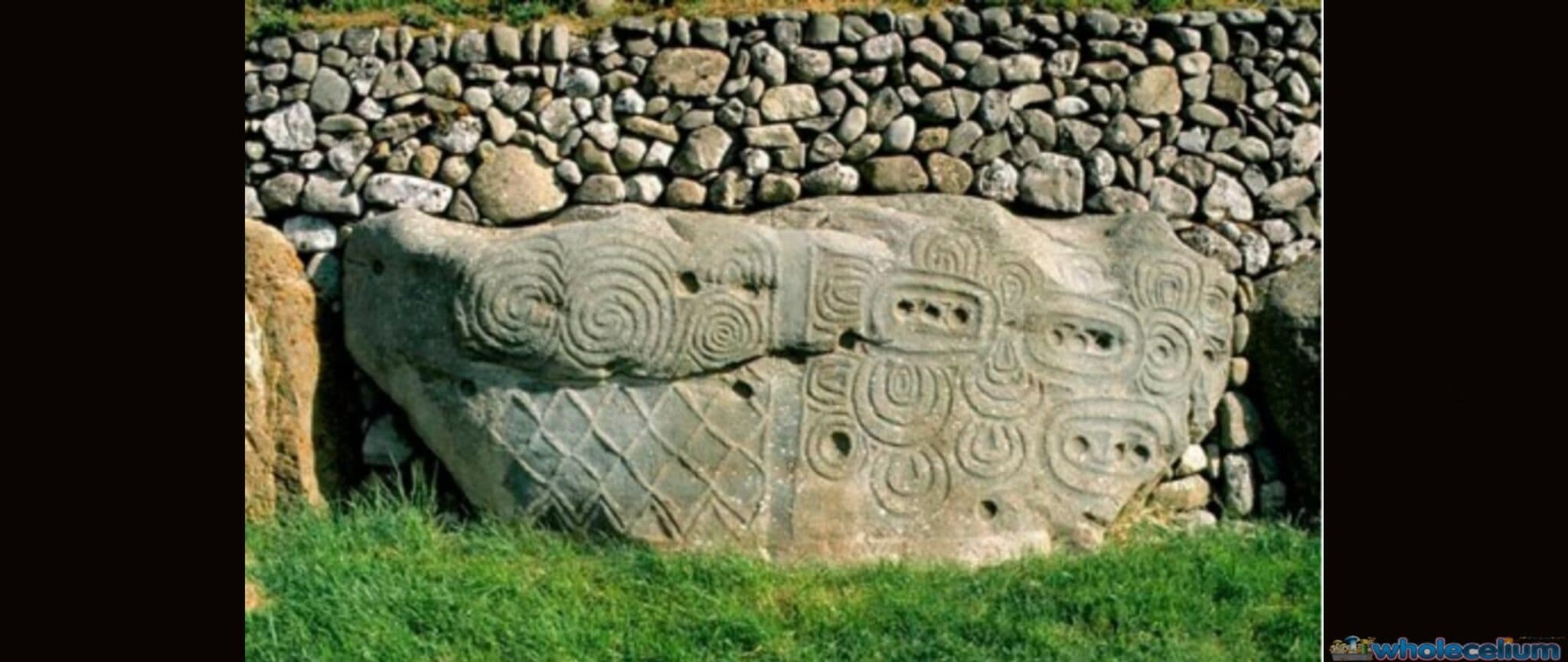The Druids: Ancient Psychonauts
However, inspired by the infinite wisdom our druid truffles provide, we figured it was time to at least try to get to know these ancient men and women who could definitely be considered the first European psychonauts. Although there are very few records of the druids themselves, once we started the dig, we discovered how much of the druidic legacy that survived is still present today. (Especially when it comes to shroom mythologies). Looks like it’s time for another psychedelic history lesson…Enter the druids, ancient psychonauts.
Who, What, Where, When?
What we do know for sure, is that the druids were high ranking members of ancient Celtic society. They inhabited Great Britain, Ireland and France. Records of them however, have been found as far away as what is now modern day Turkey. The earliest written record of the Celts dates back around 2,400 years ago. However, it is agreed that they existed far before that. Interestingly, although commonly described as the Celtic equivalent of a ‘priest’ they have never been described this way in ancient texts. Rather, they were known to be
“philosophers, teachers, judges, the repository of communal wisdoms about the natural world and the traditions of the people, and the mediators between humans and the gods.”
Barry Cunliffe —“Druids: A Very Short Introduction”

Thus, with this diverse assortment of roles, they would have been central within their communities.
The Wicker Man?
One of the first written records of the druids is actually from Roman general, and later dictator Julius Caesar. In his accounts he describes what he saw during his conquests, and introduces the enduring image of the human sacrifice and Wicker Man, that dominates what little is known of druidic practices.
(The Wicker Men)…being set on fire, the men perish enveloped in the flames. They consider that the oblation of such as have been taken in theft, or in robbery, or any other offense, is more acceptable to the immortal gods; but when a supply of that class is wanting, they have recourse to the oblation of even the innocent”.
Caesar’s account describes a barbaric society, where those convicted of petty crime, or even innocents, are sacrificed in grandly cruel style. However, he also describes the druids as being both learned and wise, having knowledge of;
“the stars and their movements, the size of the cosmos and the earth, the world of nature, and the power and might of the immortal gods”
Propaganda By Their Enemies?
The reason why Caesar was keen to portray both the positive and negative light of the Celts to Roman society, was that he needed to prove they were worth conquering. A learned people were an appealing addition to their empire, but stories of their barbarity supported the idea they needed to be civilised by Roman conquest. Many historians now discredit Caesar’s ‘Wicker Man’ account as propaganda to justify his campaigns. In fact many of the records that remain, that describe the Celts and druids, come from their enemies. And the fact that they were eventually conquered by these enemies, means much of their culture died out or was pushed underground.
As the Celts were an oral society (i.e. didn’t write anything down) we have no accounts of themselves by themselves. No evidence has been found to support the existence of the wicker man, save some Celtic coins that some say could show a representation of the wooden giant. Others say they could just be a not-very-good drawing of a man.

Ancient Psychonauts
Ok, so that’s the gossip that their enemies used to spread about them… but what else do we know about druids? Well, it turns out the ancient druids, as well as an affinity for astrology and spirituality, also had a penchant for mother nature’s most magical fruit… the mushroom.
Yes! The ancient druids were total psychonauts. So, we don’t have physical evidence for this. As we stated, the not-writing-anything-down-thing, the fact that plants decay, and that they’d probably eaten ‘em anyway removes the chance of finding proof. But through folklore and tradition, passed down from generation to generation, we can trace the history of Celtic shroom use. As we covered in our History of Halloween, many believe that magic mushrooms were a key influence on the festival of Samhain (pronounced sow-in) which would become the basis for the spooky holiday we know and love today. But, shrooms had a much wider influence than that.
Ancestral Secrets In A Shroom
In Ireland, where druidic practices continued the longest, there were two types of mushroom that were utilised for their psychedelic properties. These were liberty caps and fly agaric. The mycelium (or underground portion) of a fungus can be very old. The Celts believed that it harboured the secrets of both their ancestors, and the earth itself, which could be gained by consuming its fruit.
‘Pookies’— Fairies AND Shrooms?
The fly agaric mushroom which is considered the stronger (and more potentially dangerous) of the two was reserved for druids only, as it was thought that only the experienced of mind could handle its powers. Both types of shroom however, are known to produce visions of fairies and otherworldly beings. When many (non-Irish) people picture Ireland, they imagine a lush green land populated with fairies and leprechauns. And usually, what are they perched upon? Why, a jolly red and white spotted toadstool— suspiciously identical to a fly agaric. In fact, it’s a challenge to find a vintage picture of a fairy or leprechaun, goblin or pixie that does not include a polka-dot shroom. Coincidence? Unlikely… In fact, in Gaelic slang, the same word is used for both mushrooms and fairies: ‘pookies’.

The Clues Are In The Carvings
Additionally, there is another artistic flourish that hints at the druid’s psychedelic leanings. Celtic art, characterised by swirling shapes and spirals, such as those at Newgrange, are thought by some to be inspired by psychedelic trips. The spirals, carved into ancient stone, are very similar to the entoptic (originating from the eye itself) patterns that are experienced when on a mushroom trip. Just as in the 1960’s and 70s the paisley pattern, inspired by LSD, became popular— were the celts inspired by their favourite psychedelic?

The Ancient Ways Lost And Found Again
In time, many of these ancient ways were lost. Christianisation, prohibition of culture, famine and emigration meant that many secrets of celtic ancestors were forgotten. But, rather like mycelium beneath the ground, they were waiting to sprout again. In 19th century Britain, during the Romantic Period, interest was renewed in the ancient practices of the druids. Their nature-based spirituality appealed to those who rejected the cold iron of the industrial revolution. Since then, modern druidism has persevered, and in 2010 it was recognised as an official religion in the UK. There are no official tenets of the druidic religion, however, all adhere to the idea of nature as a higher spiritual being. Due to this, many modern druids are involved in environmental campaigns. With thousands gathering at Stonehenge for the summer solstice every year, the religion shows no sign of disappearing in its modern incarnation.

The Groovy Vibes Are Still Felt Today
Even today, it is said that the best places in Ireland to find magic mushrooms are by sacred sites where the original druids would have hunted theirs. So, the druids: ancient people, who’s groovy vibes are still felt today.
So maybe take 1970s druid-fanboy Marc Bolan’s advice and:
“Wear a tall hat like a druid in the old days
Wear a tall hat and a tatooed gown
Ride a white swan like the people of the Beltane
Wear your hair long, babe you can’t go wrong“
To get really down with the druids this Halloween, why not try our Halloween Druid Combo Pack? Ride a white swan indeed.





